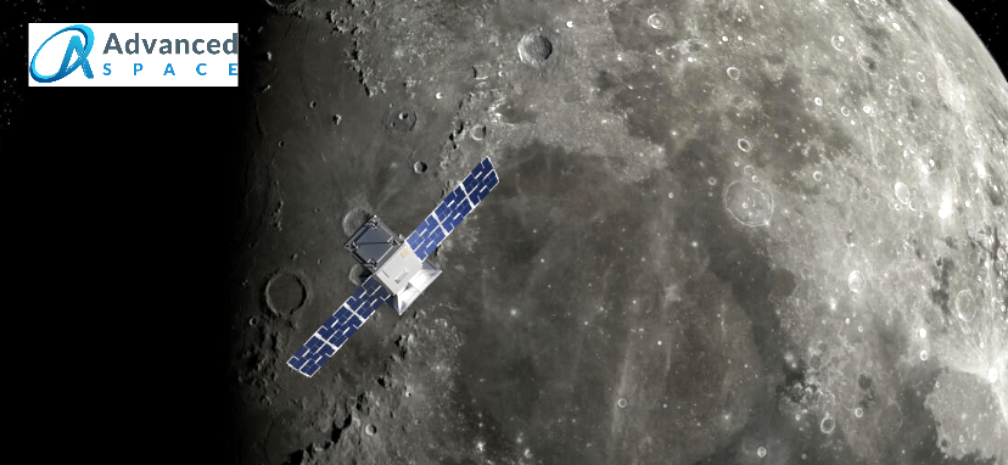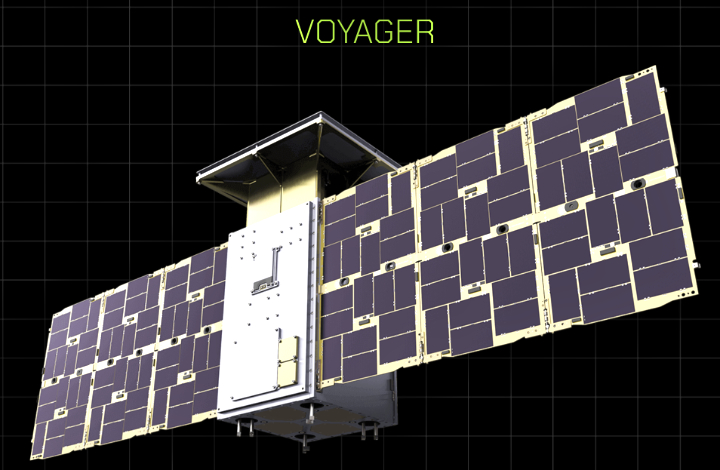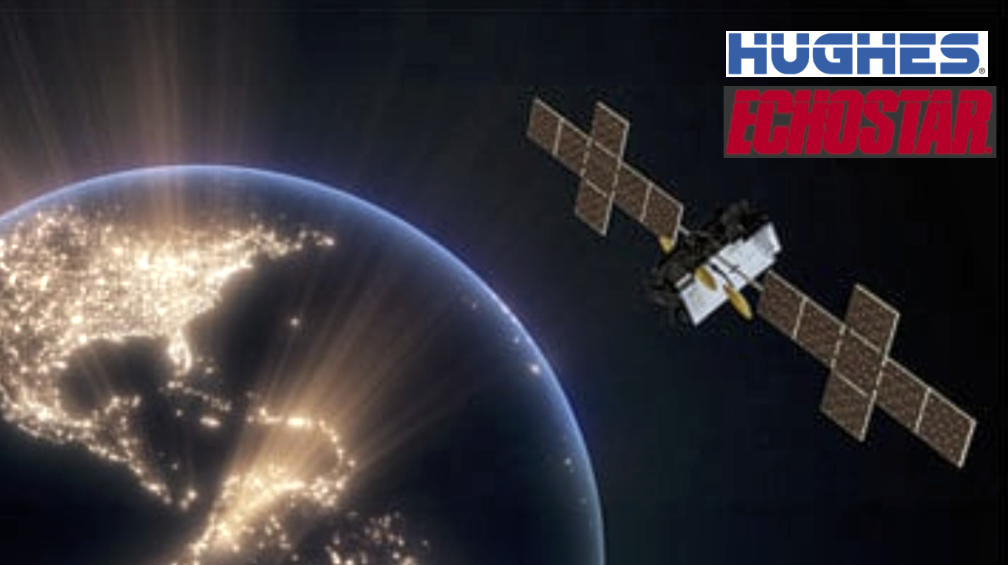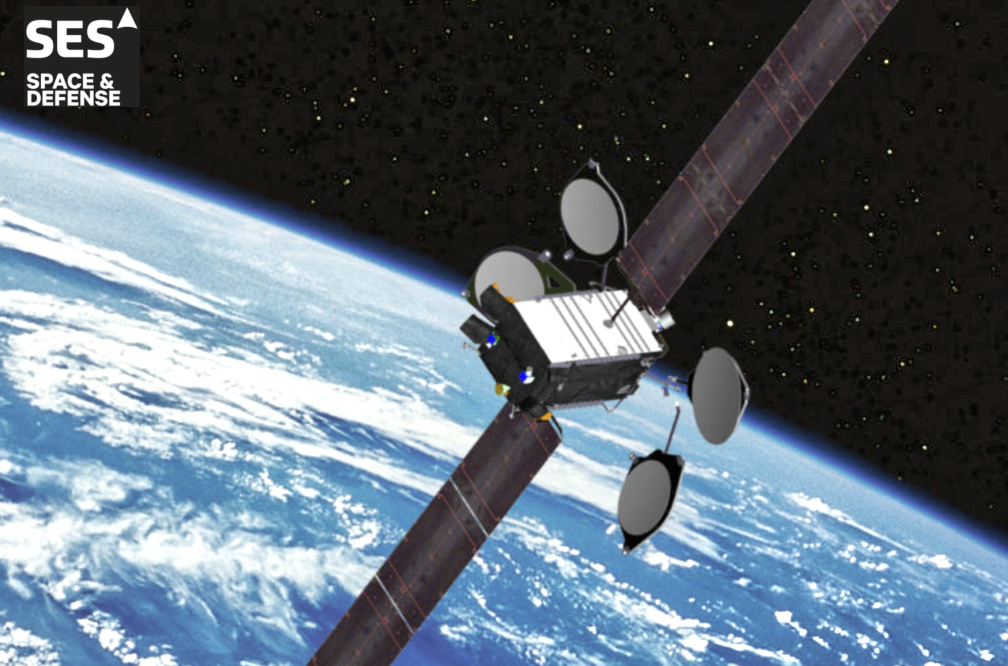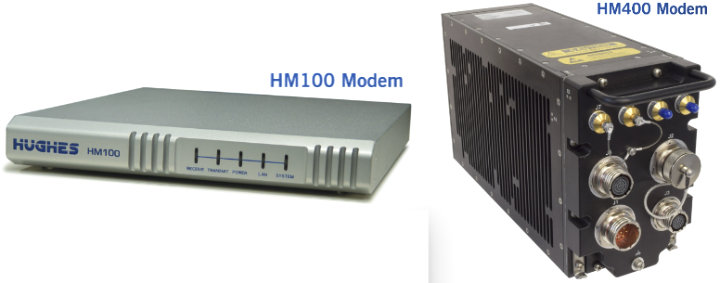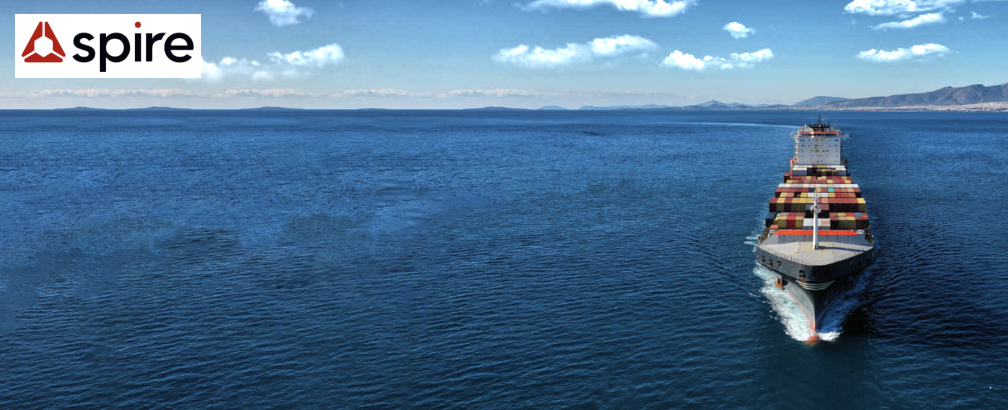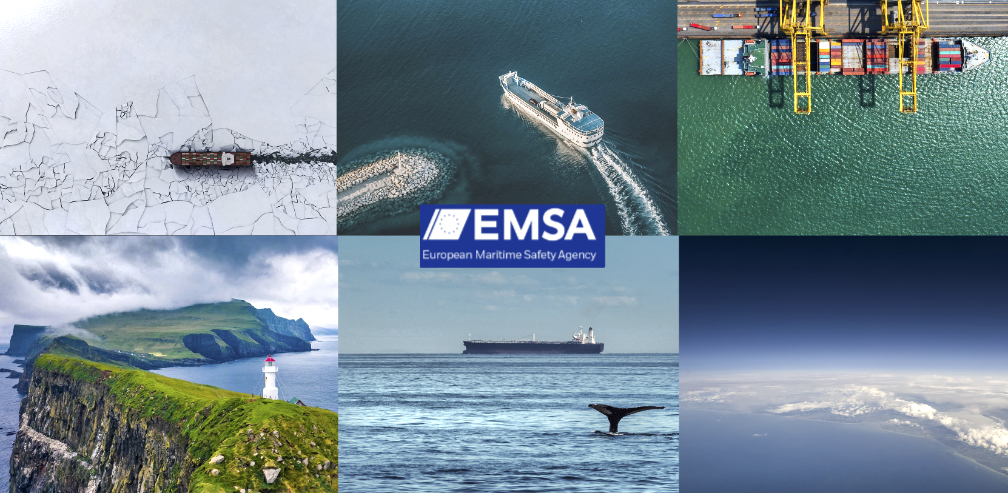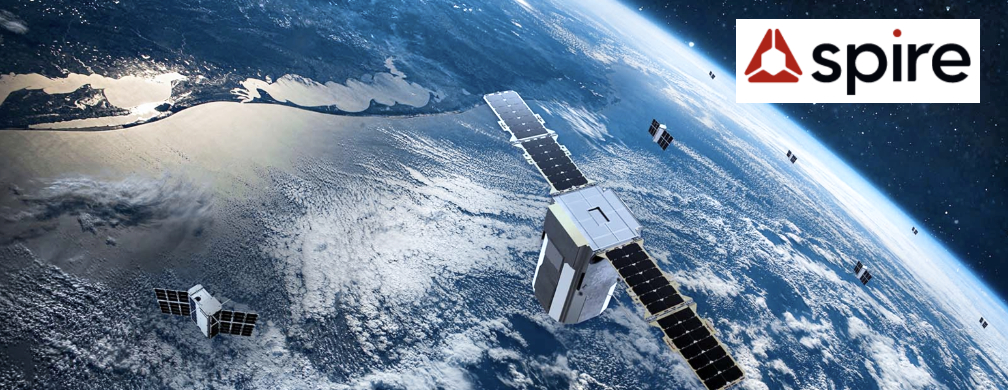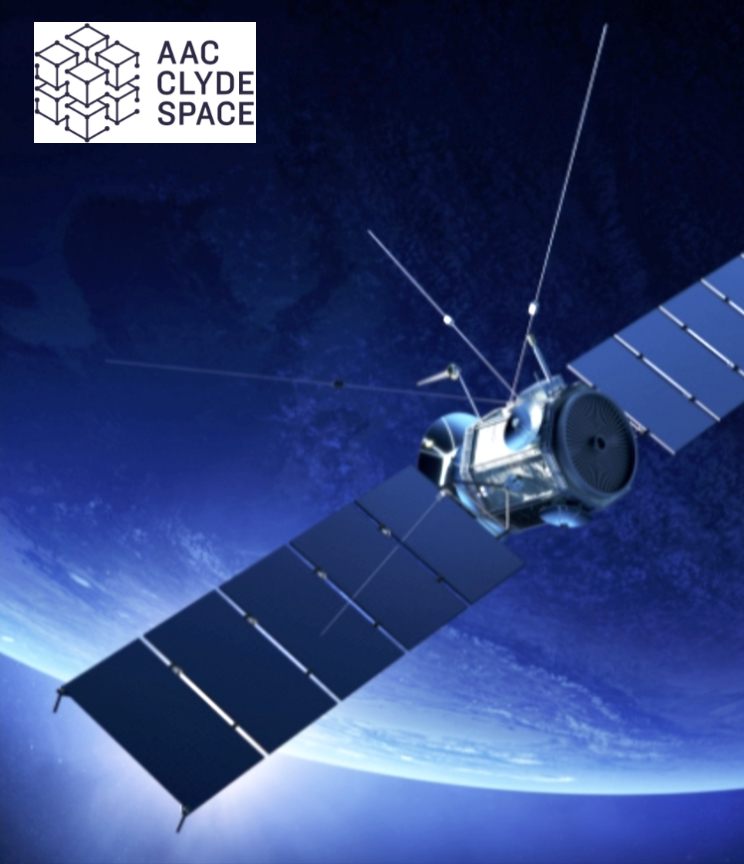
AAC Clyde Space‘s subsidiary AAC Space Africa has won its first satellite order.
AAC Space Africa will assemble, integrate and test two satellites. The order, valued at 4.1 million South African Rands (approx. SEK 2.3 M), is scheduled for delivery in June of 2024.
“We are delighted that AAC Space Africa has received its first satellite order, a critical milestone in the growth of our company in Africa. We look forward to seeing these satellites in space delivering their mission,” said AAC Clyde Space CEO Luis Gomes.

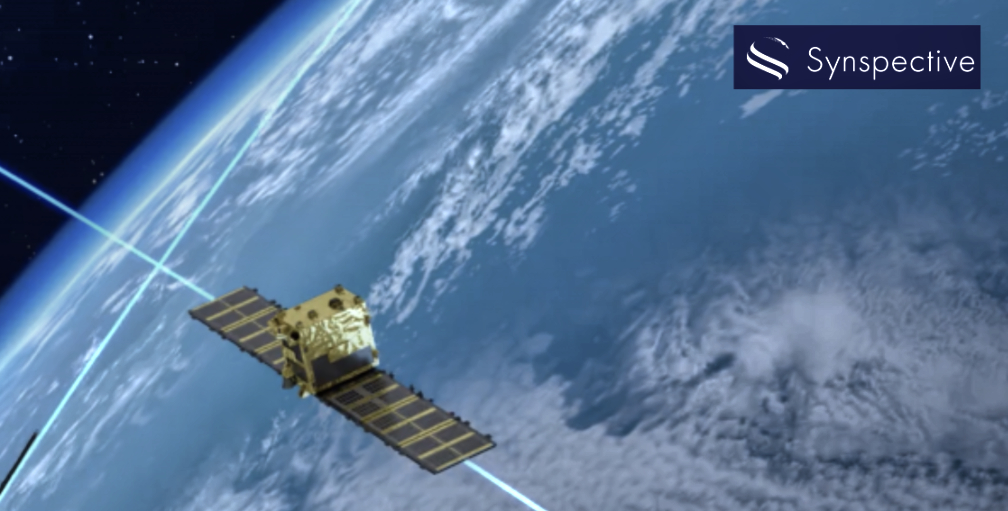
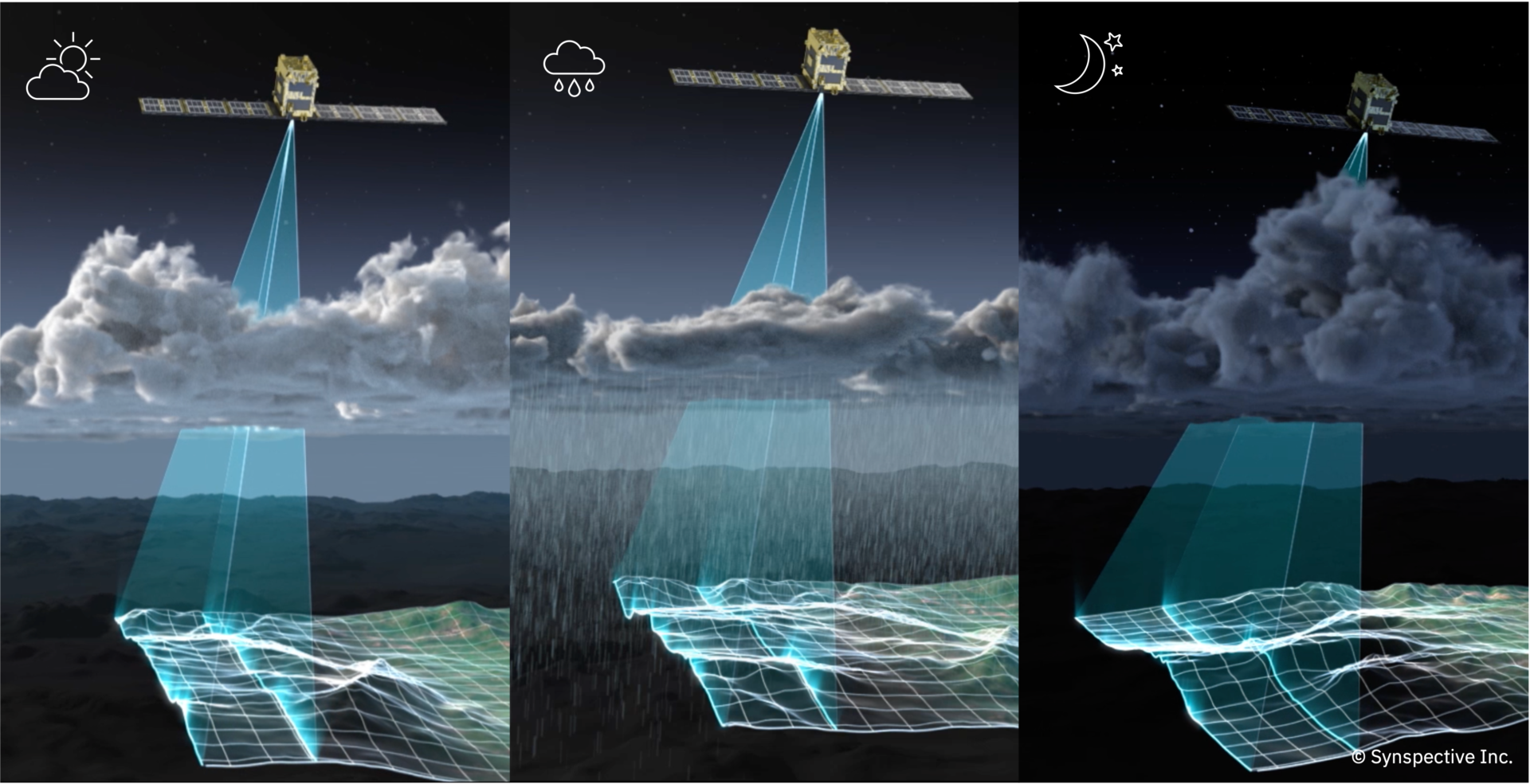

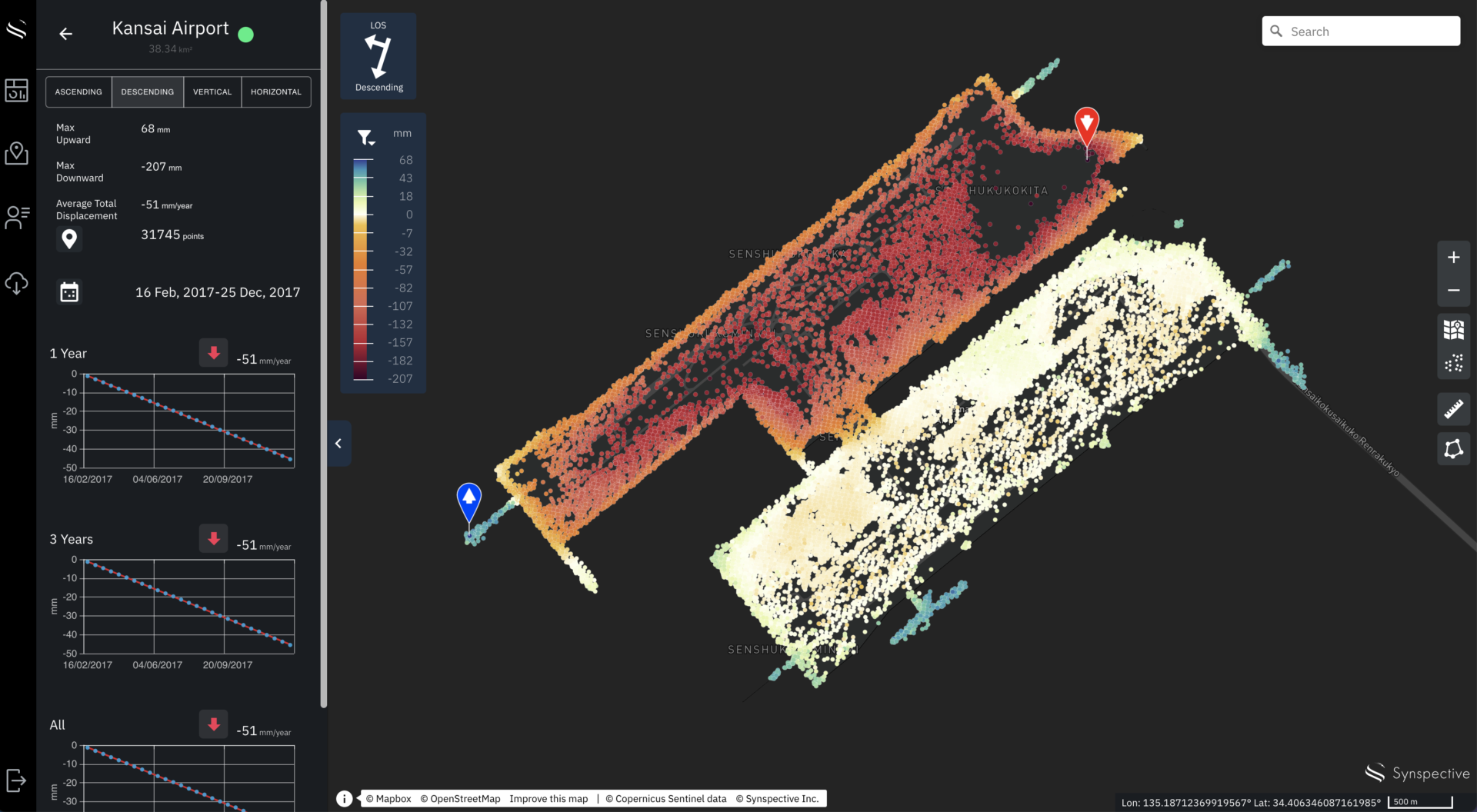
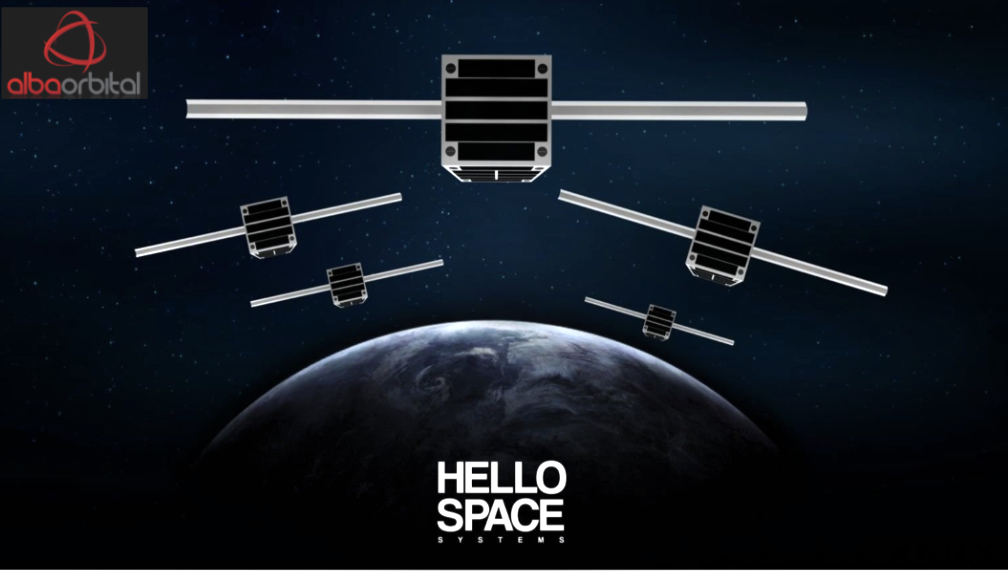
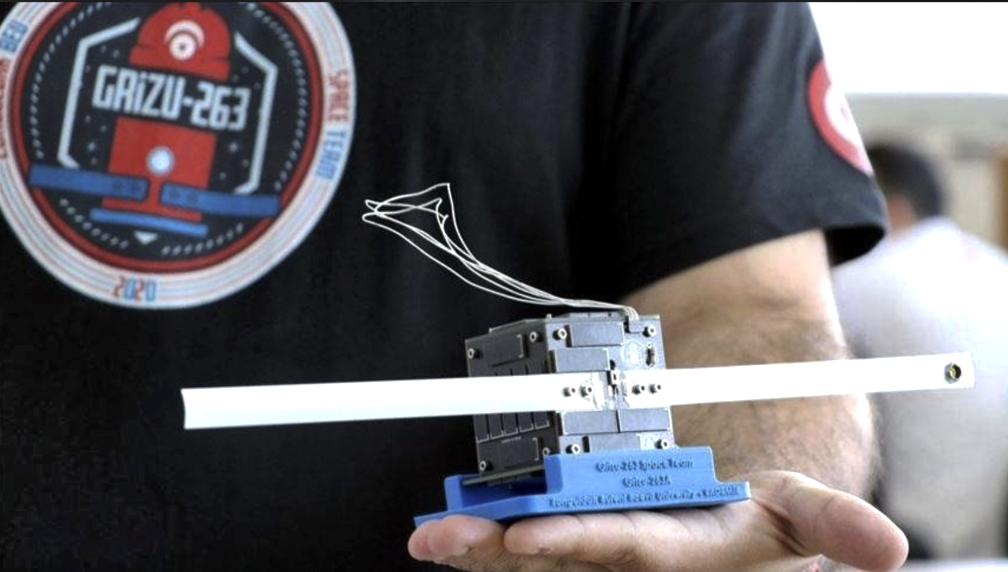
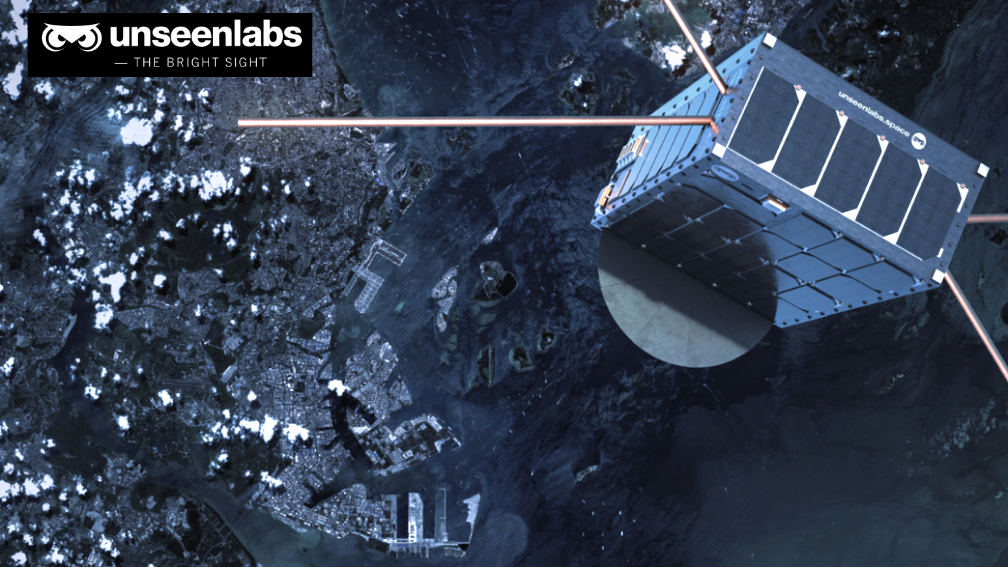





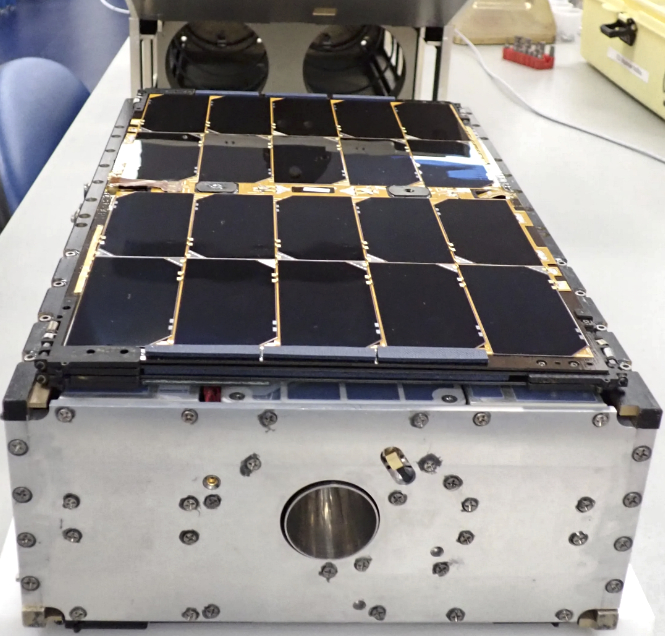
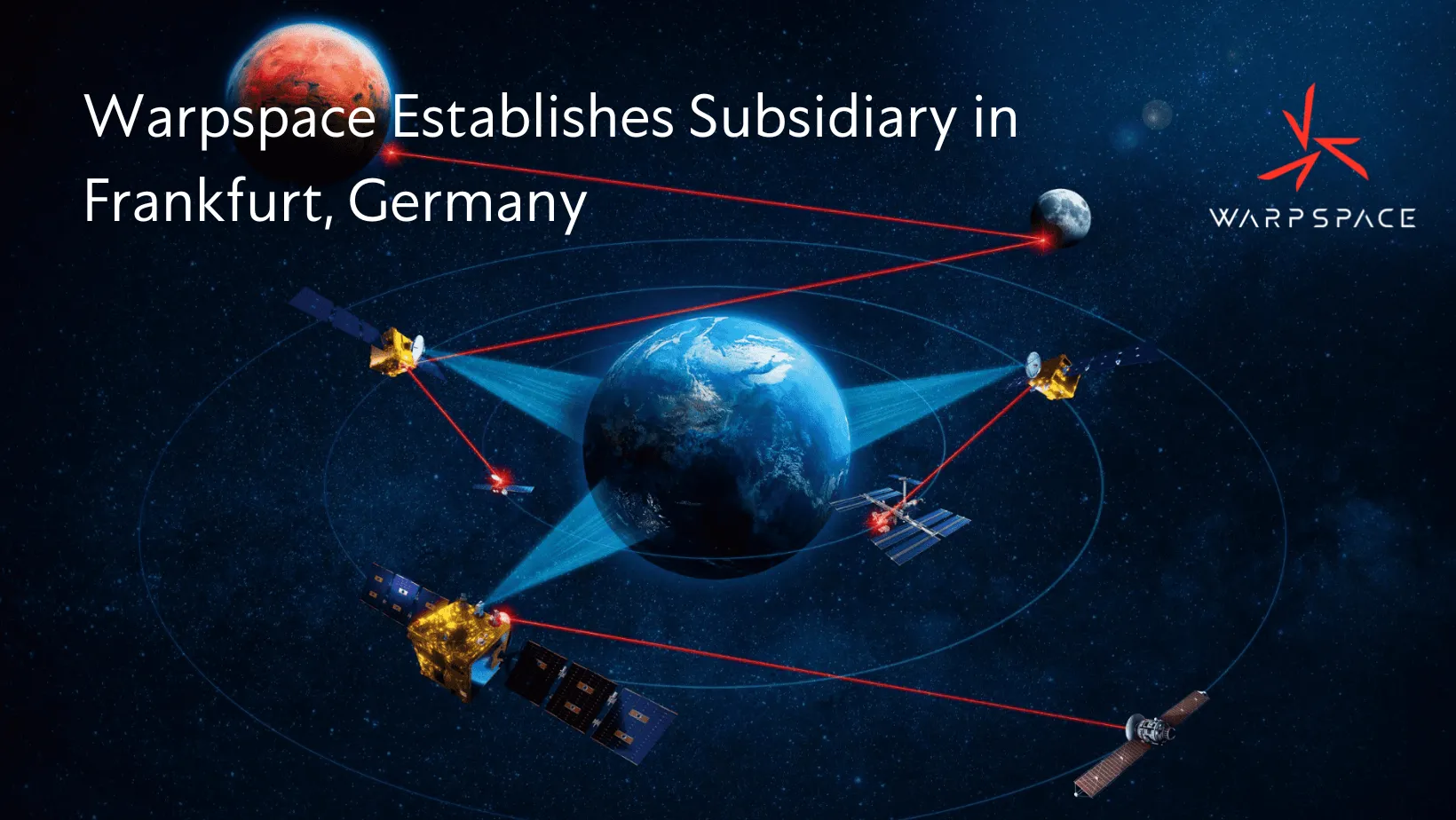
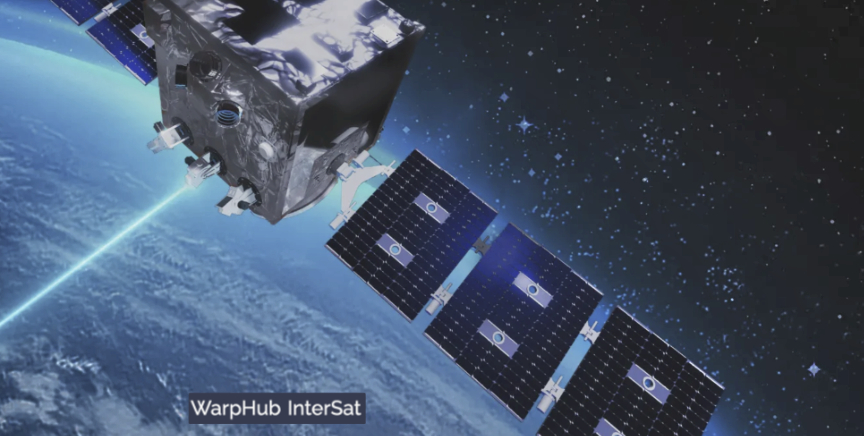
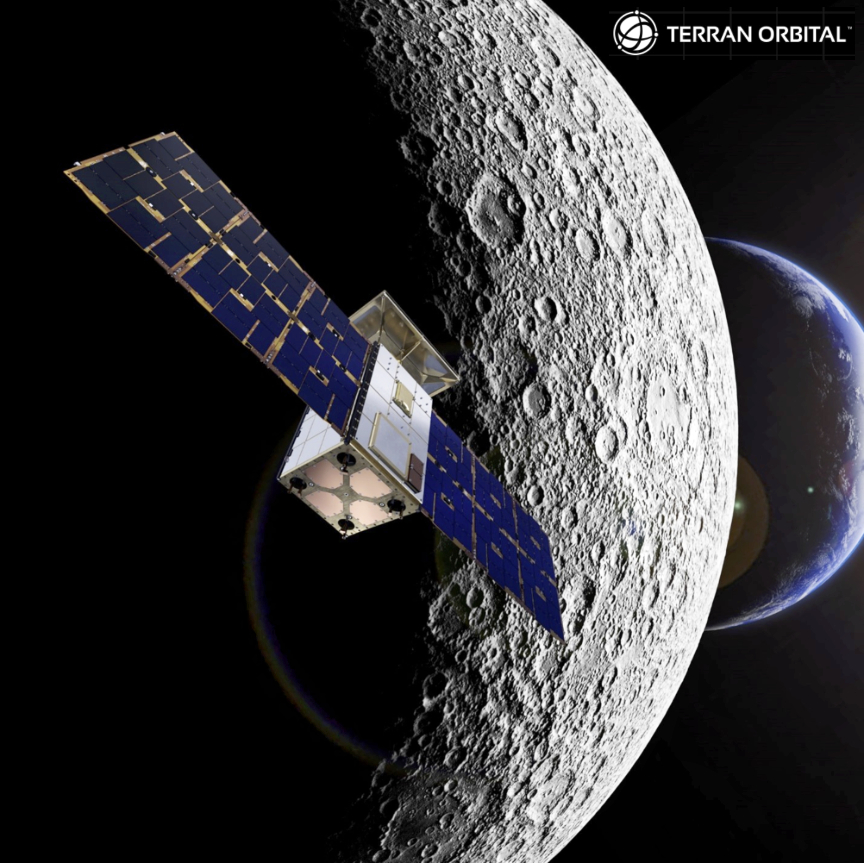
 (Cislunar Autonomous Positioning System Technology Operations and Navigation Experiment) mission in support of
(Cislunar Autonomous Positioning System Technology Operations and Navigation Experiment) mission in support of 